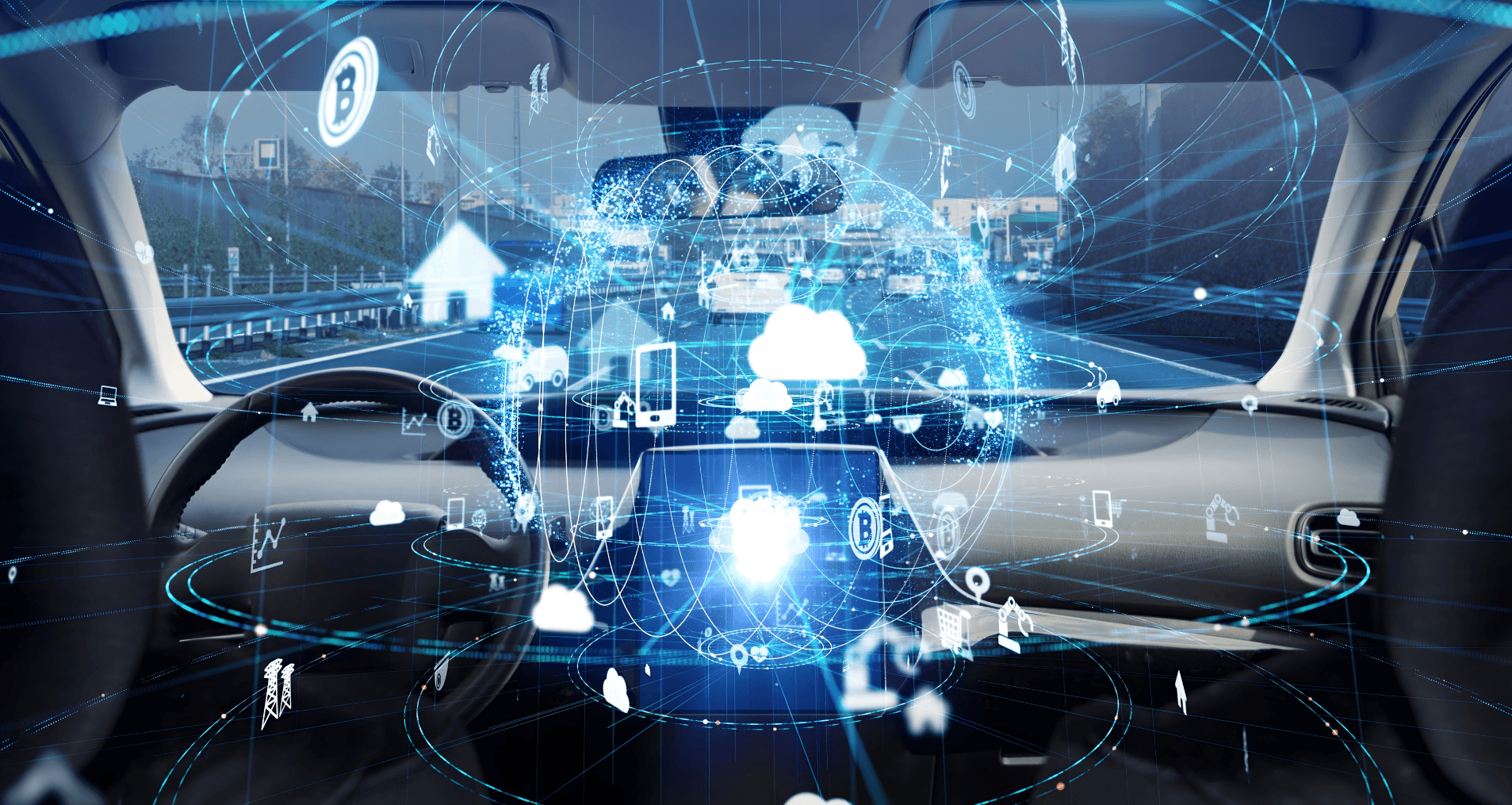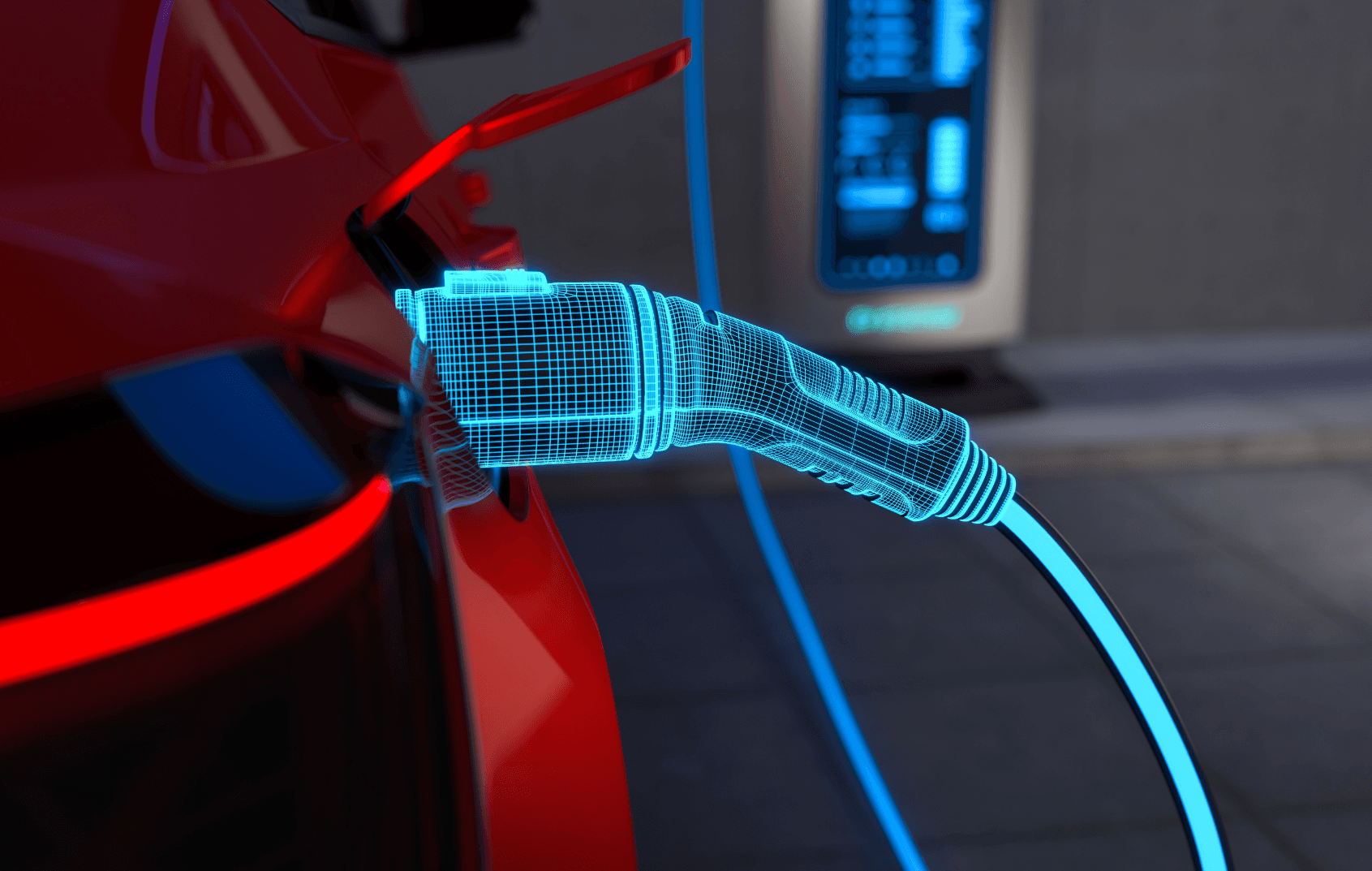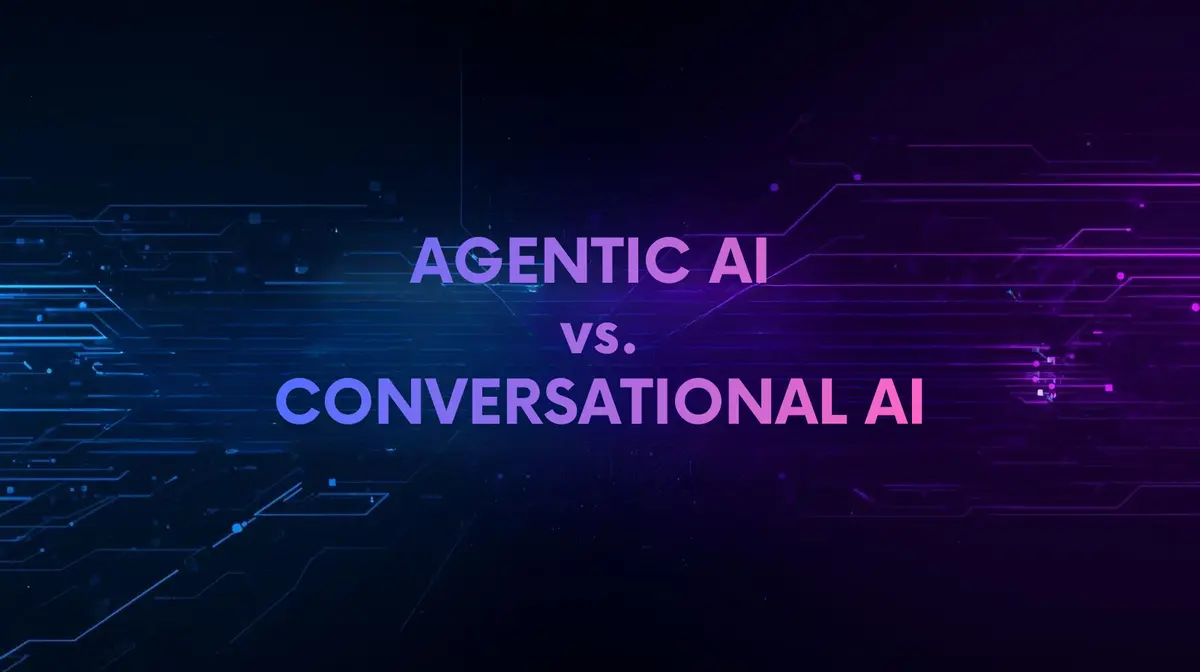3. Advanced Safety and Hazard Anticipation
Safety is the most mature domain for automotive AI, but agents elevate it further by significantly enhancing vehicle safety and overall vehicle safety. AI agents contribute to vehicle safety by analyzing data, predicting risks, and proactively preventing incidents, which enhances safety for all road users.
By fusing sensor data (camera, radar, lidar) with real-time weather and infrastructure information, an agent can predict high-risk zones, such as icy patches or accident-prone intersections, and proactively adjust vehicle systems or recommend safer speeds. Computer vision and real-time data processing are used to interpret the vehicle’s environment, including detecting traffic signals, lane markings, and obstacles, allowing the system to make informed decisions in real time.
Over time, it learns driver habits to deliver more accurate warnings and interventions. Features like automatic emergency braking and other advanced safety systems further enhance vehicle safety and improve overall road safety. These technologies result in improved safety and are continuously enhancing safety for all road users.
4. Conversational Copilots and Personalized Experience
Voice-enabled assistants in cars today are still limited, but AI agents are changing that. They can combine vehicle data with external context (i.e., calendar events or favorite routes) to provide meaningful, anticipatory assistance. Natural language processing enables more natural and intuitive customer interactions between drivers and vehicle systems, allowing users to communicate seamlessly and receive personalized support. Instead of “find nearby gas,” the agent might say, “Your usual station has a promotion, and it’s only five minutes off your route.” Over time, these copilots evolve into trusted companions that adapt to each driver’s preferences and patterns.
5. Fleet and Logistics Optimization
For commercial operators, agents orchestrate fleets like air-traffic controllers for the road. They monitor driver schedules, vehicle health and delivery times to dynamically reassign routes or adjust maintenance intervals. The integration of autonomous driving technologies and autonomous vehicles is transforming fleet management by enabling smarter, AI-driven decision-making and enhanced safety. The agent becomes a 24/7 dispatcher capable of improving on-time performance while lowering fuel and repair costs. As the industry moves forward, self-driving cars and fully autonomous vehicles represent the next step in optimizing fleet and logistics operations, offering the potential for fully driverless and highly efficient transportation solutions.
6. Insurance and Claims Automation
In accidents, the agent can automatically collect diagnostic data, record environmental conditions and notify insurers, initiating the first notice of loss (FNOL) process instantly. During these processes, ensuring data privacy is crucial, and robust measures must be in place to protect sensitive information and maintain data security. It can even help coordinate towing or repair appointments. For insurers, that means faster claims cycles and less fraud; for customers, it means less stress in moments that matter. In every scenario, the through-line is the same: AI agents act autonomously and holistically, improving efficiency, safety and satisfaction.
Implementation Strategies for AI Agents
Successfully deploying AI agents in the automotive industry demands a holistic approach that goes beyond simply adding new software to vehicles. Automotive companies must develop robust strategies that address technology integration, workforce adaptation, and the creation of collaborative ecosystems to fully realize the benefits of AI-driven transformation.
Technology Integration is the foundation. Automotive companies need to ensure seamless connectivity between AI agents and existing vehicle systems, such as advanced driver assistance systems (ADAS), infotainment platforms, and cloud-based analytics. This involves integrating AI models capable of real-time data analysis from vehicle sensors, enabling agents to make informed decisions that enhance operational efficiency and vehicle performance. Leveraging scalable architectures and secure data pipelines is essential for supporting the complex demands of connected vehicles and intelligent transportation systems.
Workforce Reskilling is equally critical. As AI agents take on more decision-making and automation tasks, employees across the automotive sector—from engineers to customer service representatives—must be equipped with new skills. Training programs focused on artificial intelligence, data analysis, and the management of intelligent systems empower teams to collaborate effectively with AI agents, ensuring that human expertise complements automated processes. This synergy not only boosts operational efficiency but also drives customer satisfaction by delivering more responsive and personalized customer experiences.
Collaborative Ecosystem Development is the third pillar. The full potential of agents in the automotive industry is unlocked when manufacturers, technology providers, and service partners work together. By building open platforms and sharing best practices, automotive companies can accelerate innovation, streamline maintenance schedules, and improve inventory management. This collaborative approach enables the rapid deployment of AI agents across fleets, reducing operational costs and enhancing the overall customer experience.
By embracing these implementation strategies, automotive companies can harness the power of AI agents to transform their operations, exceed customer expectations, and maintain a competitive edge in a rapidly evolving market. The result is a smarter, more agile automotive industry where operational efficiency and customer satisfaction go hand in hand.
Why AI Agents Outperform Traditional Automation
For years, automakers have used automation, such as adaptive cruise control, rule-based alerts and rigid scripts, to improve convenience. But these systems lack context. They operate on fixed parameters: if X, then Y. AI agents transcend those limits because they can reason dynamically, learn continuously and coordinate across systems.
With the integration of AI technology and advanced AI systems, the automotive industry is now able to deliver more adaptive and intelligent automotive solutions that go beyond traditional automation, enabling smarter, safer, and more connected vehicles.
Think of it this way: automation executes a recipe; an agent cooks from scratch using what’s in the kitchen. Here’s why the distinction matters:
Adaptivity and Context Awareness
Traditional automation cannot handle nuance. An AI agent evaluates multiple variables (driver fatigue, road gradient, weather and schedule commitments) simultaneously and determines the most logical action. Driver behavior is continuously monitored and analyzed to inform decision-making, allowing the system to adapt to individual driving habits and promote safer, more efficient journeys. For instance, it may suggest a rest stop if fatigue is detected via steering and camera data, or extend EV range by moderating acceleration when charging stations are sparse. This situational flexibility gives agents a human-like sense of judgment.
Cross-Domain Coordination
Automation usually lives in silos (one system per feature). Agents, by contrast, bridge domains. A connected-car agent might coordinate between navigation, diagnostics and climate control, slowing the vehicle in heavy traffic to conserve power while adjusting cabin temperature for energy efficiency. It sees the car as an ecosystem, not a checklist of parts.
Learning and Continuous Improvement
Unlike static automation, AI agents evolve through feedback. Every trip and interaction refines their models. If a driver routinely ignores a certain alert, the agent learns to deprioritize it. Over time, these micro-adjustments yield smoother, more personalized experiences that traditional rule sets simply can’t deliver.
Human-Centric Interaction
Automation reacts; agents communicate. Modern AI agents use conversational natural-language interfaces that explain reasoning and actions (“I’m lowering tire pressure for better traction on snow”). This transparency builds trust, critical for driver acceptance and regulatory compliance.
Scalable Orchestration Across Fleets
In large networks, the difference becomes exponential. Automation can manage a single function per vehicle; agents can orchestrate entire fleets. They coordinate service cycles, optimize routing and balance asset utilization across hundreds or thousands of units, saving millions annually in logistics and maintenance costs.
AI agents outperform automation because they transform fragmented intelligence into unified, goal-oriented behavior. This is an essential step in the digital evolution of the AI for automobile industry.







